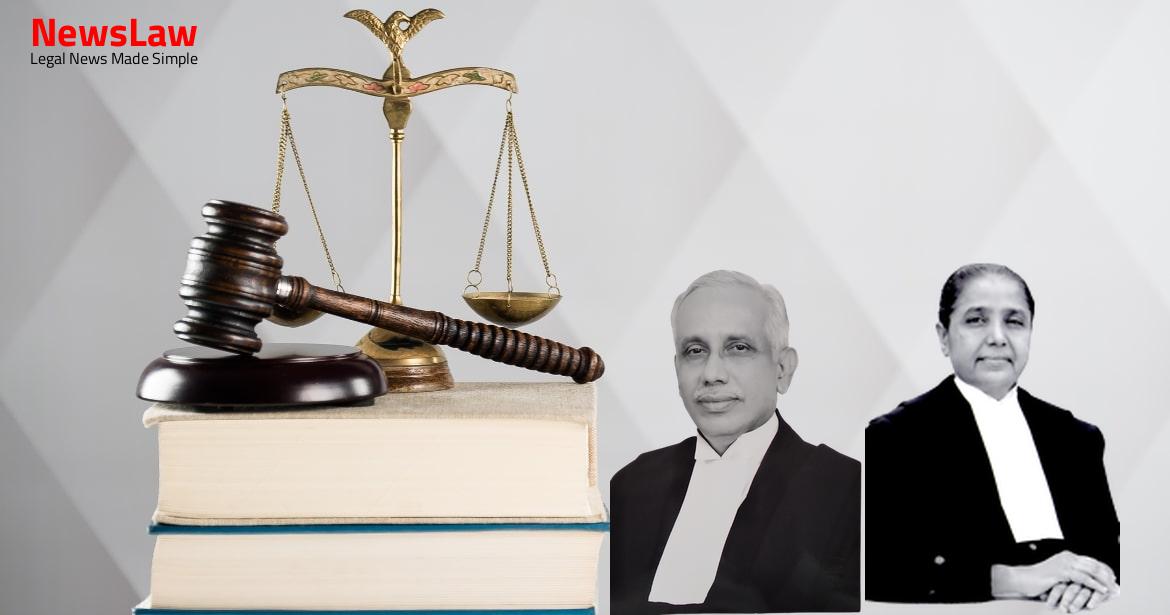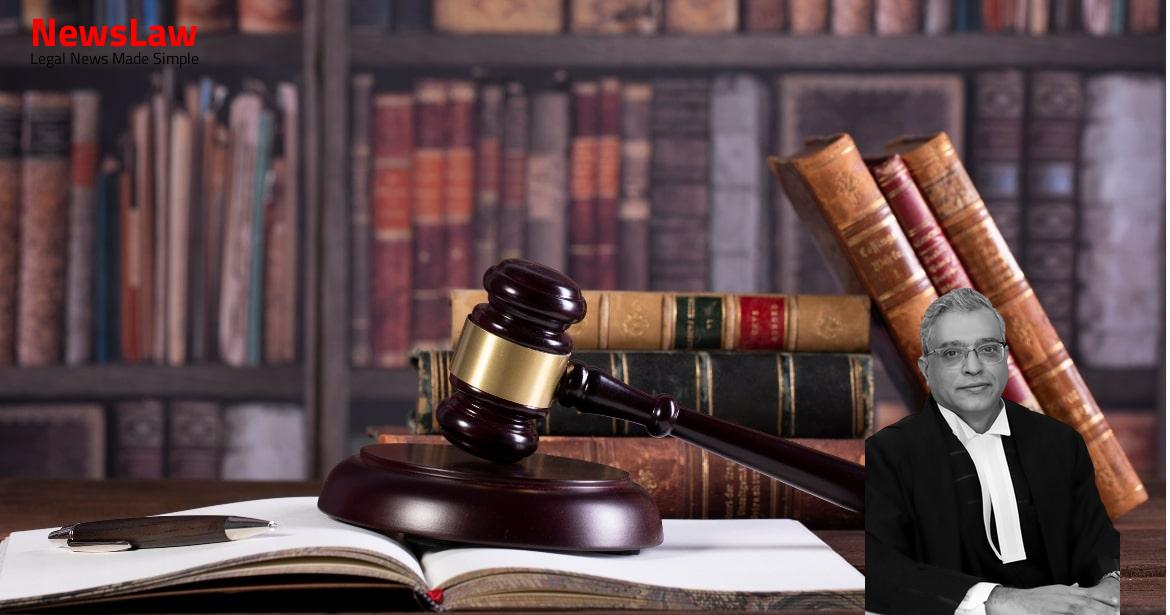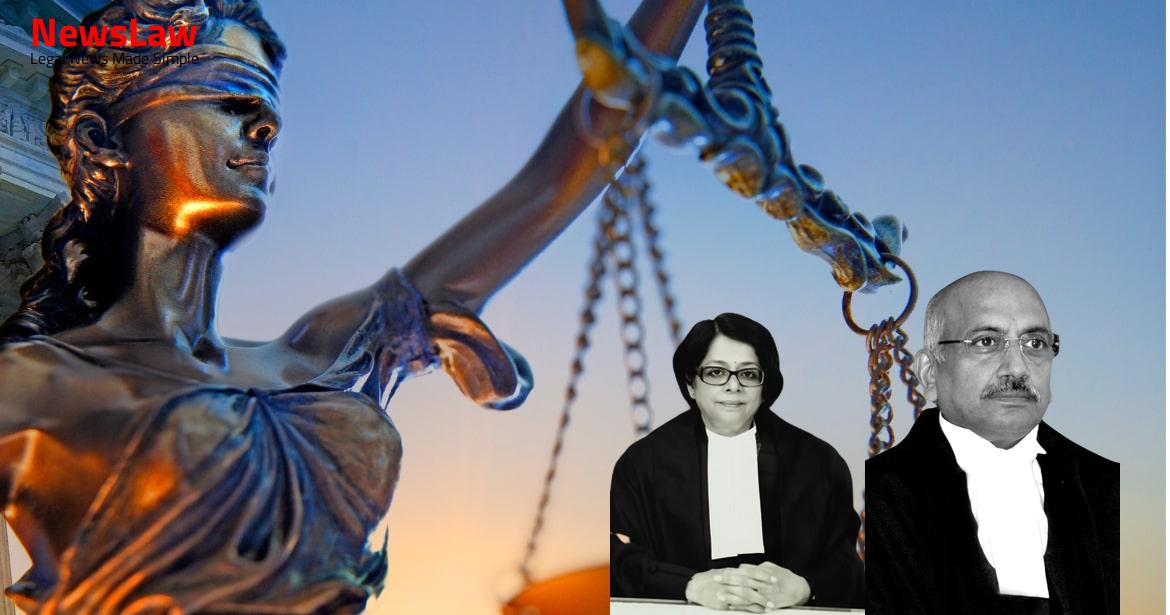In a significant legal development, the Supreme Court has upheld the judgment regarding the Land Dispute Incident of 1997. The case involved the appellant and accused parties in a contentious situation that resulted in unfortunate outcomes. The judgment delves into the complexities of the case, highlighting uncertainties and discrepancies surrounding the identity and actions of the accused individuals. It underscores the principle of benefit of doubt and the need for conclusive evidence in criminal proceedings, ensuring justice is served. This ruling sets a precedent for future legal proceedings in similar cases.
Facts
- The incident took place on 23.11.1997 at about 9.00 p.m. when the accused persons were ploughing the land and the complainant party intervened.
- Accused No.1 and Accused No.2 fired three gunshots which resulted in the death of Somiben and injuries to PWs 6 and 7.
- FIR was registered against all the accused under various sections including 302, 307, and 120B IPC.
- Charge sheet was filed against the appellant and other co-accused under multiple sections including Arms Act and Prevention of Atrocities Act.
- The trial court convicted Accused No.1 and Accused No.2 under Section 302 read with Section 34 IPC and sentenced them to life imprisonment.
- Contradictions were noted in the prosecution’s case regarding who fired the gunshots and the recovery of weapons from the accused.
- The High Court affirmed the conviction of accused No.1-Ashok Singh.
- Accused No.2-Kalusinh was acquitted due to doubtful identification.
- Benefit of doubt was given to accused No.2 based on the doubts surrounding his identification.
Also Read: High Court’s Decision on Large Gala Allotment Dispute: Supreme Court Verdict
Analysis
- The Court finds the accused’s identity as suspicious.
- It cannot be definitively proven that the accused caused the gunshots.
- Uncertainty exists on whether the fatal gunshot wounds were from a rifle or a double barrel gun.
- Lack of conclusive evidence regarding the source of gunshots.
- The post-mortem report does not specify the weapon used for the gunshots on the deceased.
- Confusion regarding the accused’s actual identity and occupation.
- Omission of crucial details in the police statement regarding the presence of light during the incident.
- The accused is entitled to the benefit of doubt in light of the uncertainties and discrepancies.
- The High Court’s judgment acquitting the accused is based on reasonable doubts and not substantial errors or perversity.
- The judgment of acquittal for accused No.2-Kalusinh @ Harpalsinh Bhamarsinh is not erroneous.
- There are no good grounds for interference with the order of acquittal.
- The appeal is dismissed accordingly.
Also Read: High Court Acquittal Case of State of Uttar Pradesh v. Jai Prakash
Case Title: STATE OF GUJARAT Vs. KALUSINH @ HARPALSINH
Case Number: Crl.A. No.-001125-001125 / 2010



